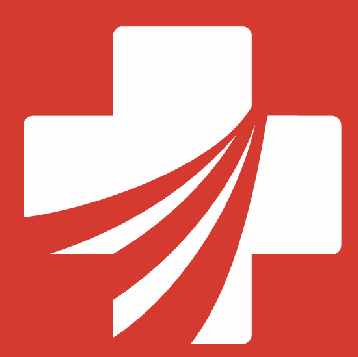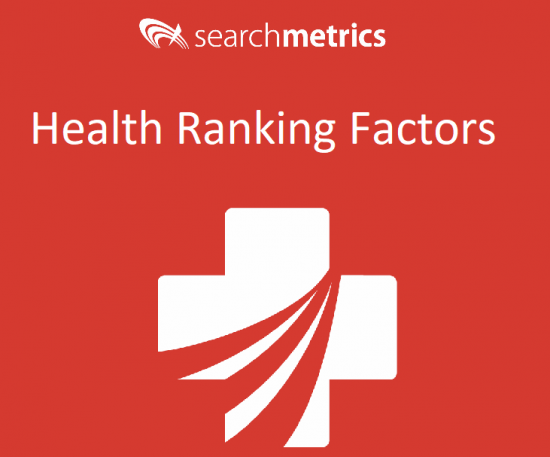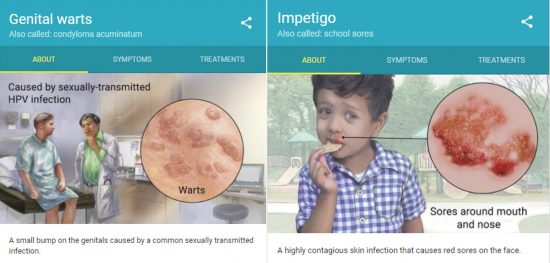It’s that time of the year, when the creepy-crawlies hit us with viruses, bugs and winter blues. For the online health industry, it’s just as important not to catch the contagion that could bring your website Visibility down for the count. That why we decided to accompany this year’s Searchmetrics Health Ranking Factors report with five tips for avoiding the website flu.
Download the Health Whitepaper!
Ranking Factors for the health industry
Whilst universal ranking factors are able to serve as a benchmark for orientation purposes, and provide a general evaluation of on- and off-page optimization measures, industry-specific analyses are much more precise. The following infographic excerpt shows the most important ranking factors in the health industry, and how they stack up alongside the benchmark values taken from the universal ranking factors. The complete infographic and whitepaper are just a click away – or read on below for our 5 tips for a healthy website!
Tip 1: Relevant content that targets your audience’s pain points
Health topics are sensitive – people looking up information on illnesses, symptoms or cures need websites that are serious, comprehensive and, above all, correct. Content that is found on health pages has the highest content relevance score of all the branches analyzed for this set of ranking factor whitepapers. In addition, the word count measured for URLs ranking highly for health keywords was found to be around 50% longer than in the benchmark study.
Tip 2: HTTPS today keeps the doctor away
Just one in four URLs that is found amongst the top ranking positions for health keywords uses HTTPS encryption. Because HTTPS is one of Google’s ranking factors, health sites that have not yet done so may want to consider switching to HTTPS. This would not only ensure that data is transferred securely between user and server, but also give your domain a chance to overtake the competition.
Tip 3: 1,000 words may be better than a picture
Top-ranking URLs in the Google search results for our health keyword set only use about two thirds the number of large images as the overall average across all industries. And to be quite honest, who really wants to see big pictures of diseases? You don’t want to scare people off – you can see how quickly a user is likely to close the tab if you type “genital warts” or “school sores” into Google’s image search (hands up, how many of you just did that? ) Indeed, because of the nature of many health images, Google employs a team of specialist medical illustrators for its Medical Knowledge Graph to depict illnesses in a family-friendly way, even for the most squeamish of users.
Tip 4: Invest in search over social
Are you a marketing manager for a health website and wondering how to divide your budget between search and social? Well, you can do without Facebook and focus your resources on great content for “Dr. Google.”.When researching health topics, 77 percent of users start out at a search engine, whilst just 1 percent turn to Facebook with their questions about colds, pregnancy or allergies. Health URLs also have an infinitesimal level of social signals.
Tip 5: The competition is weak – time to show strength
Compared with other industries, many health websites have a lot of catching up to do in terms of their online performance – which also means there are great opportunities. “The health industry still doesn’t take the internet as seriously as other industries,” confirms, Markus Hövener, head of SEO at the German agency Bloofusion. He goes on: “The largest health portals work highly professionally, but there are also many actors – particularly pharmaceutical companies – who are still yet to properly recognize the value of a well-optimized page.”
Conclusion: Use that potential!
Health websites show great potential. With relevant content and a website that is technically sound, success can be quick to come by. Our free whitepaper runs through the most important ranking factors for the health industry, with insights and tips to help your website lead a healthy SEO lifestyle.



